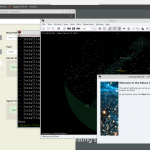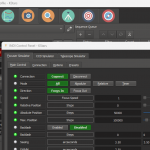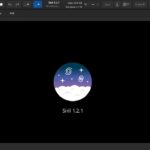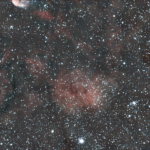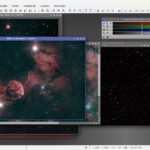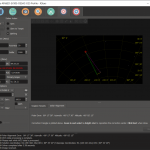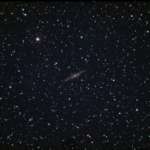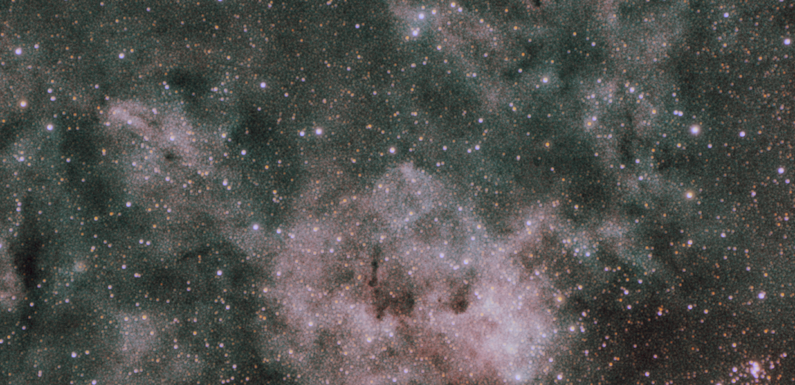
Sunday night was nice and clear, and with setting the clocks back it was dark pretty early. I decided to get some more data on the Soap Bubble Nebula (PN G075.5+01.7). I collected 3 hours and 2 minutes (91 x 120 seconds) of light from the Soap Bubble on Friday night and was able to resolve the Soap Bubble Nebula after stacking and processing with Siril. I am adding some more data to the previous nights’ efforts to try and coax some more detail out of it.
I switched from the Libre Renegade SBC to a Raspberry Pi (running Raspbian with the same indi core build, but the ZWO drivers are a couple revs back) to run the INDI Server to see if I still had the issues with the camera timing out. I did not have any issues, so it could be the driver or the Libre SBC, or I just could have been lucky. I am going to update the ZWO ASI drivers on a new Raspbian build and see if the issue reappears, if it does not it points to the Libre SBC/armbian being the issue.
Right around 6 PM it was dark enough for me to get enough stars to plate solve. I did a polar alignment using the Ekos Polar Alignment Routine, I ran the Polar Alignment to the West and East. With the mount polar aligned I checked focus. Plate solving is calculating my focal length at 700.9 mm (F/6.9) and the EAF is at 6608 steps. I started the first capture run at around 6:20 PM.
| Primary (Imaging) | Secondary (Guiding) |
|---|---|
| Scope: SVBONY SV503 102ED, UA Field Flattener Filter: ZWO Duo-band Filter Camera: ZWO ASI294 MC Pro, Cooled to -10 C Focuser: ZWO EAF Mount: Sky Watcher EQ6-R Pro |
Scope: SVBONY SV106 60mm Guide Scope Camera: Orion Star Shooter Autoguider (OSSAG) |
I continued taking 120 second exposures at 121 gain, 8 offset, and bin 2×2. I added another 3 hours (90 x 120 second exposures) Sunday night. Between Friday (11/3) and Sunday (11/5) I have 6 hours and 2 minutes of total time on the Soap Bubble.
Here is what I have so far:
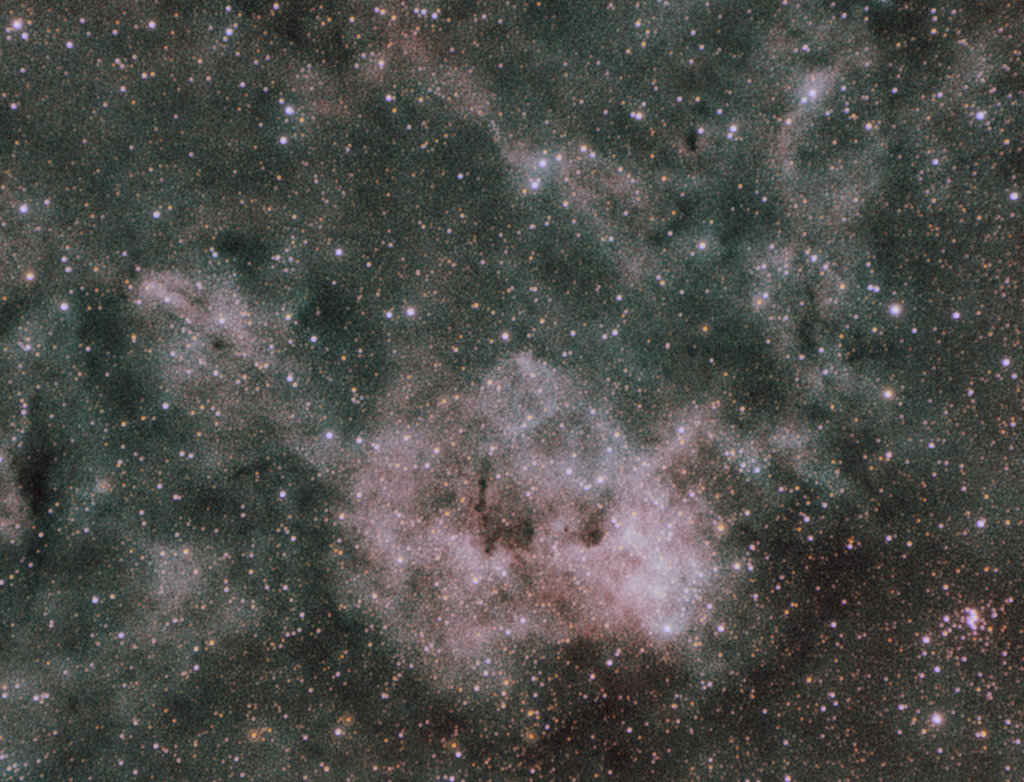
Looks a lot like a Soap Bubble 🙂 Definitely a bit easier to see now with the additional data, and I did not have to stretch the histogram quite as much to get it there.
I am continuing to learn more on processing the images with Siril. My process for this image went something like this:
- Stack, apply calibration frames, and extract Ha and OIII using the OSC_Extract_HaOIII Siril Script
- Cropped the image to remove stacking artifacts around the edges and dust motes on the edges
- Remove Green Noise
- Background Extraction
- Color Calibration
- Save the image so I have a place to go back to.
- Remove Stars
- Split Channels and Convert and Stack the OIII Green and Blue Channels
- RGB Composition – Red Channel = HA, Green Channel = Combined OIII, Blue Channel = Combined OIII
- Color Calibration
- Histrogram Stretch
- Star Recomposition
- Star Reduction using this Star Reduction Script
- Save the final.
I plan to do a more detailed write up on my Siril workflow, but I still have a bit to learn.
Happy with the progress and results so far. Looking forward to capturing more data and continuing to work on the Soap Bubble Nebula.

